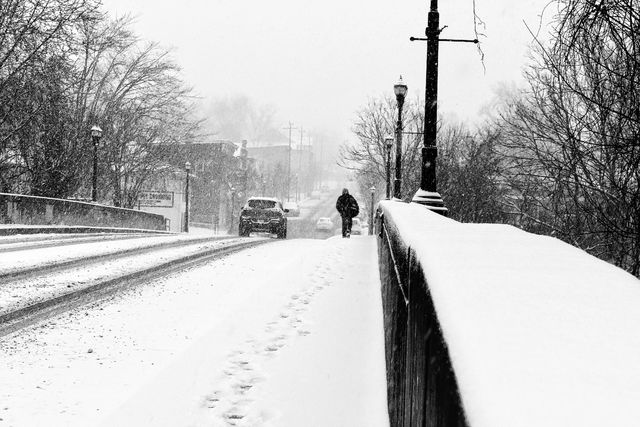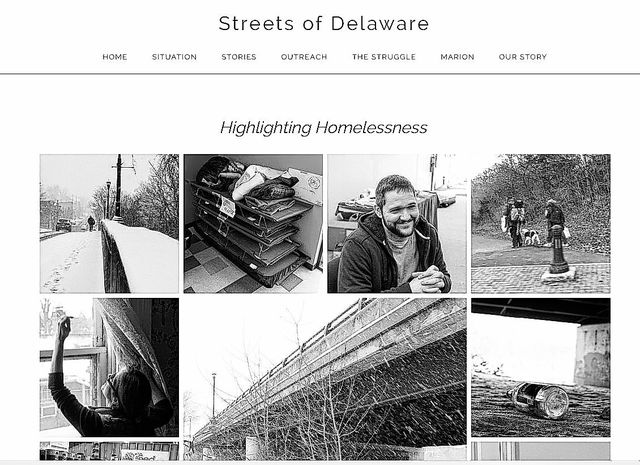





“Everyone has a story to tell.”
Ohio Wesleyan University journalism students Olivia Lease and Courtney Dunne used the phrase to preface a collection of stories, photos and video on their new blog, “Streets of Delaware,” about homelessness.
The OWU juniors created the blog — blog.owu.edu/delaware-oh-homeless/ — as a project for an independent study in multimedia journalism.
Dunne said she and co-reporter Lease had read an article in The Delaware Gazette in which a person was quoted as saying homelessness in Delaware is an “invisible problem.”
Dunne said she was surprised since she and Lease have encountered people living on the streets on their college campus.
“We just wanted to tell their story because no one asked them, no one is letting them tell their story,” she said.
In January, with the guidance of journalism instructor TC Brown, Lease and Olivia began interviewing anyone who would talk to them.
“We knew we couldn’t just go out and ask people,” Lease said. The team began by going to law enforcement and relief organizations. “The first few months was just getting connections. It was weird – as a reporter learning to earn people’s trust first.”
Neither Lease nor Dunne, at the time both sophomores at OWU, had much experience in photography or videography or creating a website, but the project was to be presented with a full multimedia experience.
Likewise, neither had ever addressed a subject like homelessness.
“So many times throughout our reporting, we thought ‘this issue is so much bigger than we had imagined,’” Dunne said. “But I think that’s what drove us to continue what we were doing.”
Lease said that as the project began to take shape, she and Dunne found the reality of homelessness was different than the perceived notions, such as what the student reporters had read. In two Gazette articles by reporter Gary Budzak, Lease and Dunne saw city and county officials quoted as saying counts of people who are homeless or who needed overnight shelter in the county is low.
“Homelessness can look different depending on the person, and there are different types of homelessness,” Lease said. “There are people who are hidden. There are people on a friend’s couch. So it’s really hard to quantify.”
As the project moved forward, Brown said his students “put their foot down and they put the pedal to the metal.” He said Dunne and Lease went far beyond developing their photography, videography and writing skills.
“I think they got an eye-opening (experience),” he said. “I think people have certain stereotypes about homeless people. I think (Dunne and Lease) got it – this project, as it progressed, took on a mission of education. They took it to heart. They wanted to pull back the veil and show people that these are real people here.”
As the students formed more connections, they said the “hidden” problem became very visible.
“Delaware holds a lot of titles right now, being the wealthiest and the healthiest (county),” Lease said. “It didn’t seem as hidden when we were out and talking to people.”
Although the semester is over and the project is graded, Lease and Dunne both said that because homelessness is not going away, they are not done working on the project.
Lease said she hopes to continue the website and, perhaps, add to it.
“Part of our goal was getting the word out there and bringing this issue to the forefront,” she said. “We hope people read what we’ve written or see what we found.”
Dunne said, after learning “you can never ask too many questions,” she wants to delve further into issues like this and perhaps start a newsletter. She said the organizations that are helping – those providing shelter and food – benefit when people know there are people in need.
“This helps get the word out, and the more we get the word out, the more people can get the help they need,” she said.

